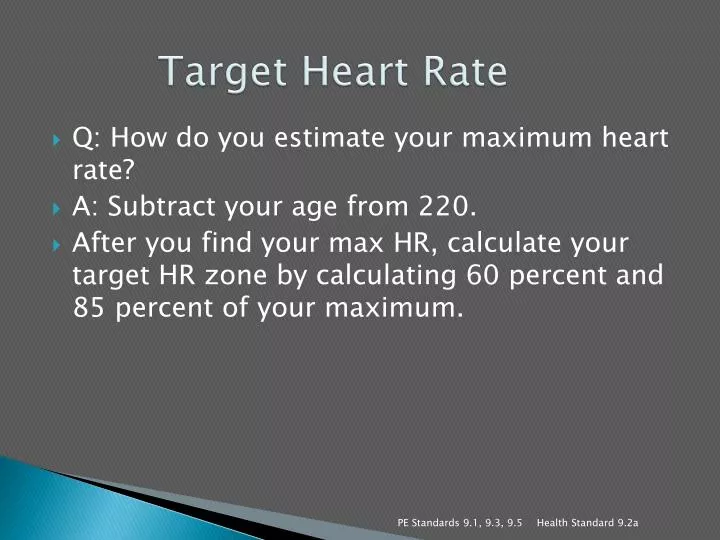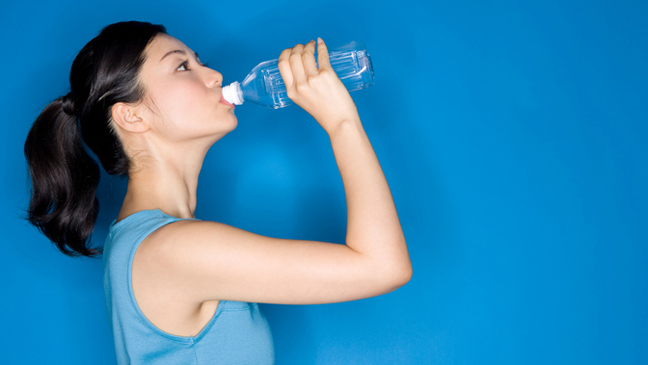When it comes to exercise, the terms “stamina” and “endurance” are essentially interchangeable. However, there are some subtle differences between them.

Stamina is the mental and physical ability to sustain an activity for a long period. When people talk about stamina, they often use it to refer to the feeling of being peppy or energetic while doing an activity.
Endurance refers to your body’s physical capability to sustain an exercise for an extended period. It’s made up of two components: cardiovascular endurance and muscular endurance. Cardiovascular endurance is the ability of your heart and lungs to fuel your body with oxygen. Muscular endurance is the ability of your muscles to work continuously without getting tired.
In this article, we’re going to look at how you can improve your stamina and endurance and dig deeper into the differences between these terms.
Endurance vs stamina
When people talk about stamina, usually they’re referring to their ability to perform an activity without getting tired. It can be thought of as the opposite of fatigue, or the ability to feel energetic for a prolonged period.
Having good stamina for a professional basketball player might mean being able to get through an entire game without a dip in performance. Stamina for an 85-year-old grandfather might mean having enough energy to play with his grandkids.
Unlike endurance, stamina itself isn’t a component of physical fitness, but it’s the result of becoming fitter.
Physical fitness is often divided into five components:
- cardiovascular endurance
- flexibility
- body composition
- muscular endurance
- muscular strength
There are two components to endurance: cardiovascular endurance and muscular endurance. Both of these components of fitness can be measured objectively. For example, cardiovascular fitness could be measured using a 1.5-mile run test and the result could be compared to benchmarks for certain age groups.
A variety of tests could be used to measure muscle endurance such as a maximum push-up test for upper-body endurance or maximum sit-up test for core endurance.
A hypothetical example
Maria is a 43-year-old woman who is currently physically inactive. She often feels tired and lethargic and her doctor advises her to start exercising. Maria begins a 12-week walking program to improve her fitness.
At the end of the 12 weeks:
- Maria has more energy throughout the day and notices that she doesn’t get as tired as easily (improved stamina).
- Maria scores better in a 15-minute walk test than she did when she started her program (improved endurance).
How to increase both
You can improve your endurance and stamina by regularly performing aerobic exercise that challenges your lungs and heart.
Here are some tips for building an endurance program:
1. The SAID principle
One of the fundamental components of building an effective fitness program is the SAID principle.
SAID stands for Specific Adaptation to Imposed Demands. It means your body will adapt to the specific type of exercise you regularly perform. For example, if you build a workout program that consists primarily of upper- body exercises, your upper-body strength will improve but your lower-body strength will stay about the same.
2. Overload principle
Another basic concept for building an effective fitness program is the overload principle. This principle involves making gradual increases in either volume or intensity to continue improving your fitness.
For example, if you want to improve your 10-mile run time, you’ll need to gradually make your workouts harder by increasing either:
- the distance you run
- the speed you run
- the amount of time you run
3. Aim for more than 150 minutes per week

Exercising regularly can help boost your energy levels by helping you sleep better and increasing blood flow throughout your body.
The American Heart Association recommends getting at least 150 minutes of aerobic exercise per week to strengthen your heart and lungs. Getting more than 300 minutes per week is linked to additional benefits.
4. Yoga or meditation

Including stress-relieving activities in your weekly routine can help you relax and improves your ability to handle more intense workouts. Two examples of relaxing activities include yoga and meditation.
A 2016 study found that medical students who underwent six weeks of yoga and meditation had significant improvements in feelings of peace, focus, and endurance.
5. Find your target heart rate

Your target heart rate during aerobic exercise is 50 to 70 percent of your maximum for moderate-intensity activities, and 70 to 85 percent your maximum for vigorous activities.
You can estimate your maximum heart rate by subtracting your age from 220. For example, if you’re 45, your maximum heart rate would be 175.
6. Try HIIT training

High-intensity interval training (HIIT) involves repetitive bouts of high-intensity intervals alternating with rest periods. An example would be 10-second sprints with a 30-second rest between each sprint.
Along with improving your cardiovascular fitness, HIIT training may improve your insulin sensitivity, blood pressure, and help you lose abdominal fat. HIIT training is an advanced form of exercise, and is best suited for people already physically active.
7. Find exercises you enjoy
Many people associate getting fit with going to the gym, lifting weights, and running on a treadmill. However, even if you don’t enjoy these activities, there are plenty of ways to improve your fitness. Instead of forcing yourself to do an exercise you don’t like, think of activities you do enjoy.
For example, if you hate running but love dancing, taking a dance class like Zumba is a great way to improve your aerobic fitness.
8. Stay hydrated

To prevent dehydration when working out, it’s important to stay hydrated, especially if you’re working out in hot or humid conditions. If your sessions are particularly long, you may want to consider taking electrolytes to replace minerals lost during sweat.
Exercises to try
Performing aerobic exercise regularly strengthens your heart and lungs and improves your circulation, which can help you build stamina and endurance. Aerobic exercises refer to those that elevate your breathing and heart rate, such as:
- running
- dancing
- swimming
- tennis
- basketball
- hockey
- brisk walking
When you’ll notice results
If you train consistently and progress at regular intervals, you can expect to see a noticeable improvement in two to three months.
Progress takes time. Increasing the weight you’re lifting, the distance you’re moving, or the intensity of your workout too quickly can lead to injuries or burnout. Try to increase the difficulty of your workouts in small steps to minimize your risk of injury or burnout.
For example, if you’re building a running program, you wouldn’t want to go from running three miles per workout to 10 miles per workout at the same intensity. A better strategy would to increase to four miles at first, slowly progressing to 10 miles over many weeks.
When to talk with a pro
Working with a professional trainer can be beneficial no matter your fitness level. A trainer can help you design a program suitable for your current fitness level and help you set realistic goals. A good trainer will also make sure that you don’t progress too quickly to minimize your chances of injury.
The bottom line
The terms “stamina” and “endurance” have similar meanings and are often used interchangeably. Regular aerobic exercise can help you improve both these fitness qualities.
Experts recommend getting at least 150 minutes of aerobic activity per week. Exercising more than 150 minutes per week is linked to additional health benefits.


